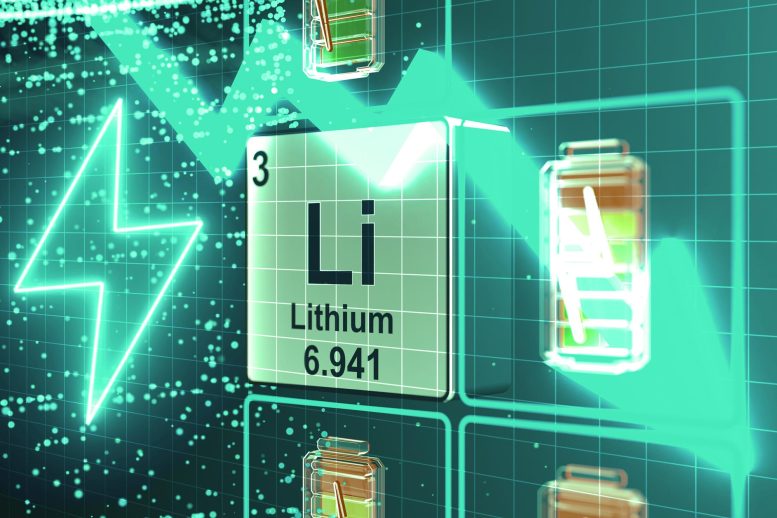
MIT researchers find the biggest factor in the dramatic cost decline for lithium-ion batteries in recent decades was research and development, particularly in chemistry and materials science. Credit: MIT News, iStockphoto
A new study finds that investments in R&D on materials and chemistry were key, while economies of scale contributed somewhat less.
Lithium-ion batteries, those marvels of lightweight power that have made possible today’s age of handheld electronics and electric vehicles, have plunged in cost since their introduction three decades ago at a rate similar to the drop in solar panel prices, as documented by a study published last March. But what brought about such an astonishing cost decline, of about 97 percent?
Some of the researchers behind that earlier study have now analyzed what accounted for the extraordinary savings. They found that by far the biggest factor was work on research and development, particularly in chemistry and materials science. This outweighed the gains achieved through economies of scale, though that turned out to be the second-largest category of reductions.
The new findings were published on November 22, 2021, in the journal Energy and Environmental Science, in a paper by